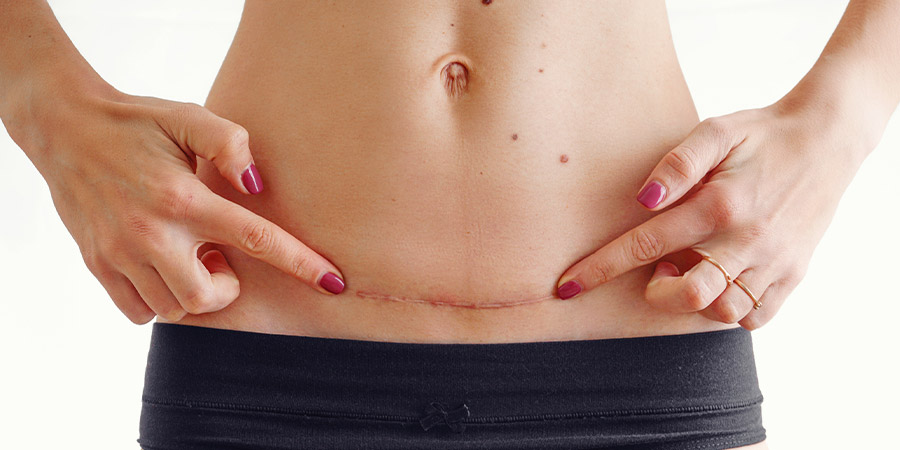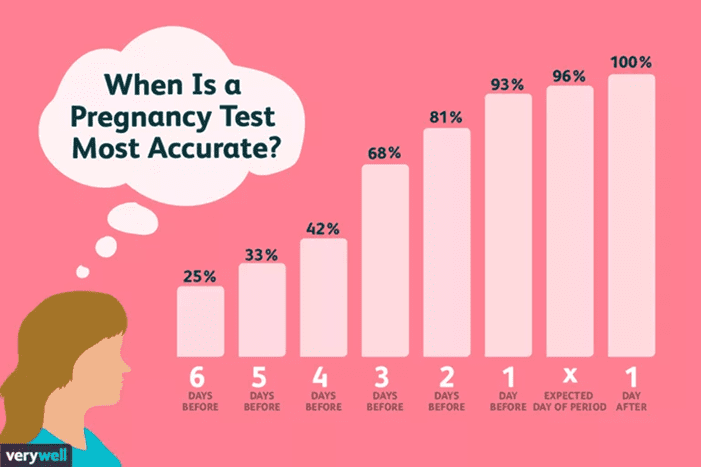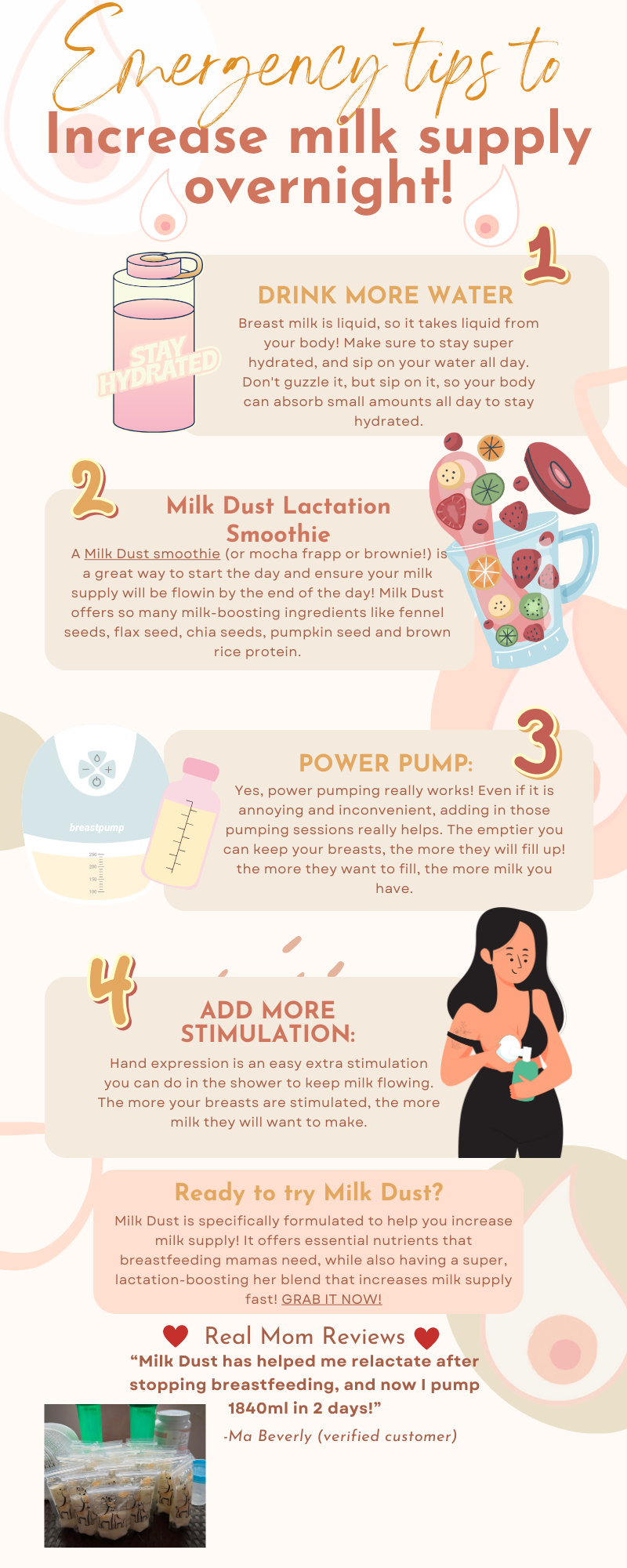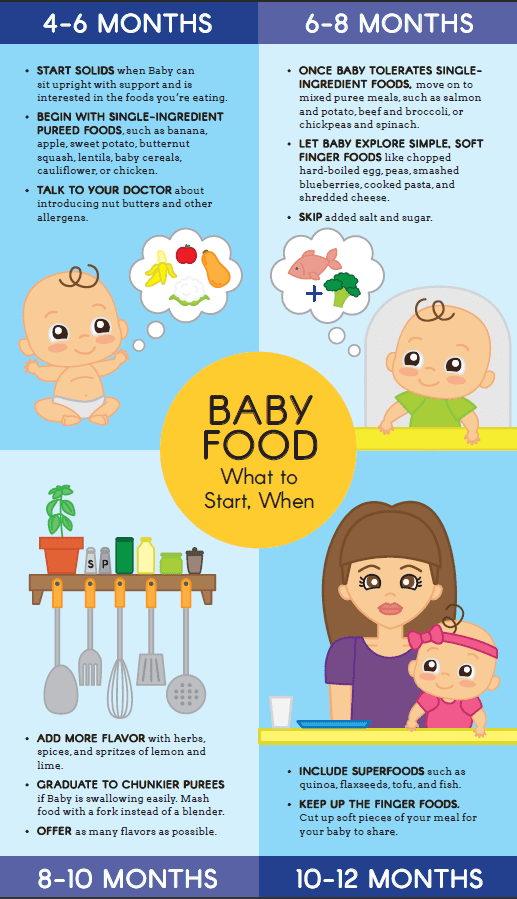How long does it take to lose baby weight?

How quickly do you lose baby weight?
“`html
As a new mom, getting back in shape takes time. Most women need about 6 weeks to lose half of their baby weight followed by a slower rate over the next 6-12 months to shed the rest. When you’re ready to get started, eat at least 1,800 calories daily. If you’re nursing, add 500 more calories to that. With exercise, you may lose up to 1 pound a week.
You can also help yourself by avoiding these common pitfalls that make it harder to lose that pregnancy weight.
Wanting to lose the weight fast sets you up to make decisions that favor quick results over lasting results.
For instance, you may be tempted by a fad, like eating nothing but grapefruit. You’ll lose weight, but drastic diets backfire. You’re likely to gain it all back when you start eating normally again.
The fix: Insist on a plan that will deliver lasting results, even if it takes longer than you’d like. Your doctor or a registered dietitian can help you pick a weight loss plan that will be worth the time it takes.
Ignore celebrity moms who seem to lose their baby weight overnight. They often hire trainers and chefs to help them along. Also, there’s a good chance that some of their weight loss efforts weren’t healthy.
The fix: Focus only on your own body. Don’t put pressure on yourself to look like someone else. It’s about health and what’s right for you, not keeping pace with a starlet whose life is very different than yours.
Getting some shut-eye is tough when your little one relies on you day and night. Sleep and weight are linked, though.
Among new moms studied, those who slept 5 hours a night or less were more likely to have at least 11 more pounds to lose by the time their babies were a year old than moms who slept 7 hours a night.
The fix: Take every opportunity to sleep. You’ll feel better, and it helps you lose weight. Ask your pediatrician or a sleep coach for advice.
Your baby’s bag has everything they need, but did you forget someone?
The fix: Pack food for yourself. Try healthy snacks like part-skim cheese sticks, kale chips, and pouch tuna.
You’re busy with your new baby. So it’s understandable if it seems easier to skip lunch or dinner.
Don’t make it a habit. Severely limiting calories on a routine basis tricks your body into starvation mode. As a result, your body stores fat instead of burning it — the opposite of what you want.
The fix: Eat regularly, even if it’s not the sort of meal you had time for before you had your baby. Short and simple — reheated leftovers, a sandwich, a bowl of soup — is better than nothing at all.
You’re going to get frustrated if your goal is too ambitious. Have you given yourself enough time to shed the baby weight?
The fix: Cut yourself some slack. It takes 6 to 12 months to safely get your body back in shape after delivery. And even then, your weight might be distributed differently than it was before your pregnancy.
You’re trying to get your chores done, nibbling while you work. It’s not your best choice. It’s easy to overeat if you’re picking from bowls or…
“`
How long does it take to reduce pregnancy belly?
“`html
While you’re pregnant, watching your baby bump grow is exciting! When tracking pregnancy-related changes in your body and awaiting your precious baby’s arrival, you likely took plenty of pictures to document your beautiful growing belly. After giving birth, you’ll probably notice that your post-baby belly and other features do not live up to your pre-pregnancy shape. Now you’re wondering: How long will the baby weight stick around? Is it natural to have loose skin on my stomach like this? How can I improve my “Mom pooch?” There’s no need to worry—you’re not alone in this. Moms worldwide have been asking these questions (and more) about postpartum body changes since the beginning.
At RMC, we cater to each milestone from prenatal to postnatal care, and we know what you’re going through; we’re here for you, Mama. Today we’re sharing the answers you’re looking for and advice on everything concerning your postpartum belly. Read on to learn more!
Your bump first appears during pregnancy as your uterus expands beyond your pubic bone, causing your abdomen to protrude. Throughout the nine months of your pregnancy, the uterine expansion will progress; baby growth and developing pregnancy organs will cause your tummy to stretch like a balloon.
As a result of all the stretching and strain, you’ll be left with a “pregnancy pouch” for a while, as if the balloon deflated. Stretch marks, extra belly fat, and loose skin remain for most Moms, and it’s not uncommon for a new Mom to leave the hospital looking six months pregnant.
Your stomach muscles are pulling and stretching well beyond their normal position to support these developments through the entire nine months of your pregnancy. They’re working overtime during labor and delivery. If you have a firmer bump along the middle of your tummy—bulging out near or around your belly button—you may have a condition known as diastasis recti.
Diastasis recti (abdominal separation) occurs when the connective tissue of a mother’s linea alba thins and broadens, separating the abdominal muscles into an abnormal position and pushing out the hip joints and abdominal region. The condition is quite common, affecting 30–60% of women in the postpartum period, and is often not a cause for immediate medical attention. Treatment options are available for the success of future pregnancies and cosmetic reasons.
Right after giving birth, most Moms lose weight—some lose up to twelve pounds. The size and weight of the baby, placental tissue, and remaining amniotic fluid expelled during delivery determine initial postpartum weight loss. Moms recovering from C-sections can typically expect their scars to heal in a few weeks.
In the first six weeks after giving birth, hormonal changes will begin to cause the uterus to shrink and your abdominal muscles to contract; the skin on your postpartum belly will steadily tighten. Any leftover fluids and hormonal secretions that drive much of your leftover swelling will excrete vaginally and through perspiration.
“`
Why is it so hard to lose baby weight?
“`html
A lot of first time moms think that pregnancy weight will just fall off quickly after delivering their babies. We’ve all heard of those people who say they wore their pre-baby skinny jeans home from the hospital, and you might bring yours, too, thinking that’s normal. However, a lot of people quickly find out that it doesn’t really work like that. Weight loss after pregnancy can be much more complicated than that.
Post baby weight loss may be hard for many reasons, but there are solutions to help you shed those extra pounds. After delivering your baby, there are healthy ways to lose the extra weight while taking care of you and your newborn. Following a good diet and exercise program approved by your doctor is one way to start chipping away at the extra weight you gained during pregnancy. However, what do you do if you’re following these guidelines and still can’t lose those extra pounds? Sometimes, postpartum weight can be incredibly stubborn.
If it’s harder to lose baby weight than you expected, there may be several reasons for this, including sleep issues, breastfeeding, and hormone imbalances. Read on to learn why these things can affect your postpartum weight loss and some tips to help you lose weight healthily after pregnancy.
If you’re struggling with weight management, make an appointment with our team today. We can help identify underlying causes to get you the help you need to live a healthier, happier life.
As a new parent, you’re probably familiar with some level of sleep deprivation. Your bundle of joy is likely keeping you awake at night and throughout the day, cutting into the amount of sleep you get. Keep in mind that sleep and weight loss are linked pretty closely. So, if you’re struggling to get enough sleep, that might be the problem making it hard to lose the post baby weight.
Lack of sleep isn’t just frustrating, it can also affect your body in many ways, including by making it easier to gain weight and harder to lose weight. Many studies show that poor quality sleep is linked to weight management issues. There are a few reasons for this.
- On one hand, when you’re feeling extremely tired because you’re not sleeping enough, you’re more likely to reach for calorie-dense foods. Your body knows it’s tired and often looks for ways to increase energy through food. That means you might start craving really high calorie foods that aren’t very good for you in high amounts, like refined carbs and sugars. As a result, you might be eating more calories than you really need, leading to your body storing that as extra fat to burn for energy later.
- Also, sleep deprivation can affect your hunger hormones and throw them out of whack. For instance, sleep problems can actually increase ghrelin, a hormone that increases your appetite. So, once again, this can make it really easy to overeat, which makes weight loss hard after pregnancy.
- Finally, there is some evidence that sleep deprivation can affect your metabolism. Your metabolism affects how many calo…
“Your body knows it’s tired and often looks for ways to increase energy through food.”
“`
Is it normal to lose 20 pounds in 1 week postpartum?
“`html
So you’ve just had a baby! Now that the initial excitement has settled in, you may be wondering about realistic weight loss after giving birth. What is the average amount of weight lost? How long will it take to lose the weight? And what are some of the best ways to help speed up the process? Keep reading for answers to these questions and more.
The average woman gains about 25 to 35 pounds during pregnancy. If you’re carrying twins or multiples, you may gain more weight. If you’re overweight when you become pregnant, you may gain less weight.
Right after delivery, you can expect to lose about 10-12 pounds, which includes the weight of the baby, placenta, and amniotic fluid. You’ll also lose another 5 or so pounds during the first week post-delivery as your body sheds excess water weight. So all in all, it’s not uncommon to lose up to 20 pounds in the first few weeks postpartum.
Of course, every woman is different and some may find they lose weight faster while others may take longer. It also depends on how much weight you gained during pregnancy. If you were within the recommended weight gain range for your build and height, you may find it easier to slim down postpartum. However, if you gained more weight than recommended, it may take longer to get back to your pre-pregnancy weight.
The rate at which you lose the pregnancy weight can vary and is different for every woman. Some women find that they drop the pounds quickly while others may take longer. On average, most women return to their pre-pregnancy weight by 6 months postpartum, though it could be sooner or later depending on a number of factors.
If you’re looking to shed the pregnancy weight quickly, there are a few things you can do to help speed up the process.
One of the best ways to help lose weight post-pregnancy is to eat a healthy diet. This means eating plenty of fruits, vegetables, and whole grains while avoiding processed foods and sugary drinks. It’s also important to make sure you’re getting enough protein and calcium. And be sure to hydrate with plenty of water throughout the day.
Another key factor in losing weight post-pregnancy is exercise. Moderate intensity exercise such as walking or swimming can help burn calories and promote weight loss. And it’s important to start slowly and build up gradually. If you’re not currently active, consult with your doctor before starting any type of exercise program.
If you’re able to breastfeed your child, it can not only help them get the nutrients they need, but it can also help you lose weight. For one, nursing a baby requires energy and effort. And since breastfeeding helps to provide your child with the nutrients they need, it can also help you lose weight post-pregnancy. It’s been estimated that breastfeeding can help you burn an extra 500-700 calories per day. So if you’re looking to lose weight postpartum, breastfeeding is a great way to do it.
It’s important to get enough sleep when you’re trying to lose weight. When you’re well rested,
“`
When do you lose baby weight after C-section?
“`html
After months of patiently waiting for your little one’s arrival, your baby is finally here! You’re getting plenty of baby snuggles and cuddles, and your baby is getting the hang of feeding and discovering new things every day. And hopefully you’re getting in naps whenever you can. You’re starting to find your rhythm. And if you’re like many new parents at this stage, you may be thinking about getting back into shape postpartum and how to lose extra baby weight.
The first thing you need to know is that there is no “normal” when it comes to losing weight after having a baby. Everyone is different, and there are several factors that contribute to postpartum weight loss, like how you delivered and how quickly your body is healing. But there are some general weight loss guidelines, as well as nutrition and exercise tips that can be helpful to keep your mind and body strong as you and your baby settle into this next chapter of life.
Standard, non-baby-related weight loss is gradual and can take time. And after giving birth, your body needs extra time to recover, so be patient with yourself. It may take up to a year to return to your pre-pregnancy weight, if that’s your goal. But you can expect some weight loss upfront from the following causes:
- While breastfeeding, women burn an average of 500 additional calories a day. This may sound like a secret formula for weight loss, but it’s important to get those calories back. Maintaining a calorie deficit (burning more calories than you take in) can leave your body without enough energy to support recovery, milk production and other important functions. But with a healthy diet and exercise plan, it’s still possible to shed some baby weight while breastfeeding.
In general, you should wait until after your postpartum checkup, which typically occurs about six weeks after giving birth. Taking walks during this time and doing gentle stretches or yoga can help you slowly ease into an exercise routine. But speak with your doctor or clinician to determine when you’re ready before starting more intense exercises and activities.
Timing depends on a few factors, including which type of delivery you had. Some women who have uncomplicated vaginal births are able to return to exercise within a few days. But if you’ve had a C-section, you’ll experience more limitations.
Because a C-section is a major surgery, it generally means a longer postpartum recovery period before you can start physical activity. Depending on your doctor’s recommendations and whether you’re experiencing pain, you may be able to start light activity around six weeks after childbirth. But you may be instructed to avoid doing anything that puts strain on your stomach, like crunches.
It’s absolutely fine if weight loss is your main goal postpartum. Just remember that working out has a lot of other physical and mental benefits too, so it’s important to work regular exercise into your weekly routine. Everybody is going to approach postpartum exercise at their own pace.
“`
How long does it take for the tummy to shrink after a C-section?
“`html
It’s not weird to keep wearing maternity clothes after pregnancy! It takes time for your body to recover. It comes as a surprise to many new moms: After nine-plus months of pregnancy, you have your baby and … still look about 4 or 5 months pregnant.
“I’ve been asked if I’m expecting at least six times since I gave birth, and it hurt my heart every time,” says BabyCenter Community member Mish00.
Deep breaths: This is to be expected! Imagine your belly as a balloon, slowly inflating as your baby grows. Childbirth doesn’t pop that balloon; it starts a slow and steady leak.
While no two women are the same, there are certain postpartum body changes that are pretty standard. Here’s how to navigate them, and what to expect.
During pregnancy, your uterus and the ligaments, muscles, and skin around your belly do a lot of stretching – and they don’t snap back immediately. When you’re holding your new baby in your arms, you’ll have a soft, round midsection.
But your body is already changing. The moment you give birth, your uterus starts contracting back to its pre-pregnancy state. The cells in your body that swelled during pregnancy begin to release extra fluid, which your body will expel via pee and postpartum sweating.
It typically takes six to eight weeks for the uterus to return to its pre-pregnancy size, and as the uterus contracts the abdomen will shrink as well. But for some moms, it may take much longer for their post-pregnancy belly to feel “normal” again. Many find that their midsection looks permanently different.
“I’ve been asked if I’m expecting at least six times since I gave birth, and it hurt my heart every time.” – BabyCenter Community mom Mish00
Some postpartum stomach bulges are caused by diastasis recti. Your abdominal muscles naturally separate during pregnancy, but when you develop this common condition, the connective tissue remains separated postpartum.
Your healthcare provider can confirm whether you have diastasis recti and, if needed, refer you to a physical therapist to recommend exercises to help treat it. In some cases, surgery may be necessary to repair the muscles.
The skin on your belly may tell a story, too: Many expecting moms develop a dark line down their abdomen, called the linea nigra, and a web of stretch marks – tiny scars caused by the skin’s extensive stretching.
Stretch marks usually become less noticeable six months to a year postpartum, as their pigmentation fades. They become lighter than the surrounding skin (the color will vary depending on your skin tone), but their texture will remain the same. Certain stretch mark creams might help decrease the visibility of your stretch marks over time, but finding a product that works for your skin will take trial and error.
The deeper color of the linea nigra should gradually fade over a year, but it may not completely disappear. (Stretch mark creams won’t have any impact on the linea nigra, which is caused by hor…
“`
Does C-section make it harder to lose weight?
CONCLUSION: Despite longer recovery time associated with c-section delivery, weight loss in the postpartum period was not impacted and therefore it does not appear to be a risk factor for obesity.
How to lose 20 pounds after a C-section?
“`html
Your body needs time to heal after pregnancy (which is why the idea of “snapping back” is totally toxic). But that’s especially true for women who have had C-sections. After a C-section, your body can take up to 12 weeks to fully recuperate (this is a bit different from the 6 to 8 weeks in standard deliveries), says Dr. Garavelas. Remember: You’re still healing. A C-section is a major surgery, after all. In that time, your stitches will heal, your uterus will return to its regular size, and your body will release any extra fluid retained during pregnancy, she says. So yeah, it’s important to give it time.
Still, it can be uncomfortable (and annoying) waiting for your body to get back to its baseline. Here are a few things you can do to lose some extra baby weight in a healthy way.
Again with the “snap back” thing—C-section recovery takes time. According to, Dr. Garavelas, total recovery will take about six to eight weeks and, until then, you shouldn’t overdo it. So, prioritize your health, eat smart meals, and hydrate.
The most important thing to remember is that you cannot spot reduce and target only your midsection when it comes to weight loss—C-section or not. You’ll need to focus on your entire body, which will take time but is totally possible.
Typically, moms will notice that if they are feeling their body properly with a generally healthy diet and enough calories, some of the weight gained during pregnancy will naturally come off without any restrictions. That’s thanks, in large part, to breastfeeding, which can burn about 300 to 500 calories per day, producing and releasing milk to nourish your baby.
This is not a time to deprive yourself and restrict foods unnecessarily, so try to consider ways to add nutrition into your day, rather than removing nutrition. That means focusing on nutrient-dense foods, like fruits, vegetables, and whole grains—and skipping any fad diets.
Plus, by adding more nutrient-dense foods to your diet, you’ll end up snacking less on things that are full of calories but lacking in nutrients, have fewer cravings, and manage your blood sugar levels—all important things for any weight-loss goals.
You probably just rolled your heavy, tired eyes reading this, but sleep makes a difference. Lack of sleep will not only affect breast-milk production, but your metabolism, food choices, and hunger pangs, according to Dr. Garavelas.
If you’re not sleeping enough, you’ll be tempted to reach for unhealthy and low-nutrient snacks for a quick boost of energy, especially since cooking takes time and energy—two things new moms don’t have a lot of.
Hydration is critical to your milk production, but also to resisting cravings. Sometimes cravings are really signs that you need to drink because you’re getting dehydrated. Postpartum bodies require much more fluid—a few extra glasses per day—than others since so much of it goes to the baby. And while you’re at it, avoid higher calorie beverages like juices that often have a lot of calories and little.
“`








